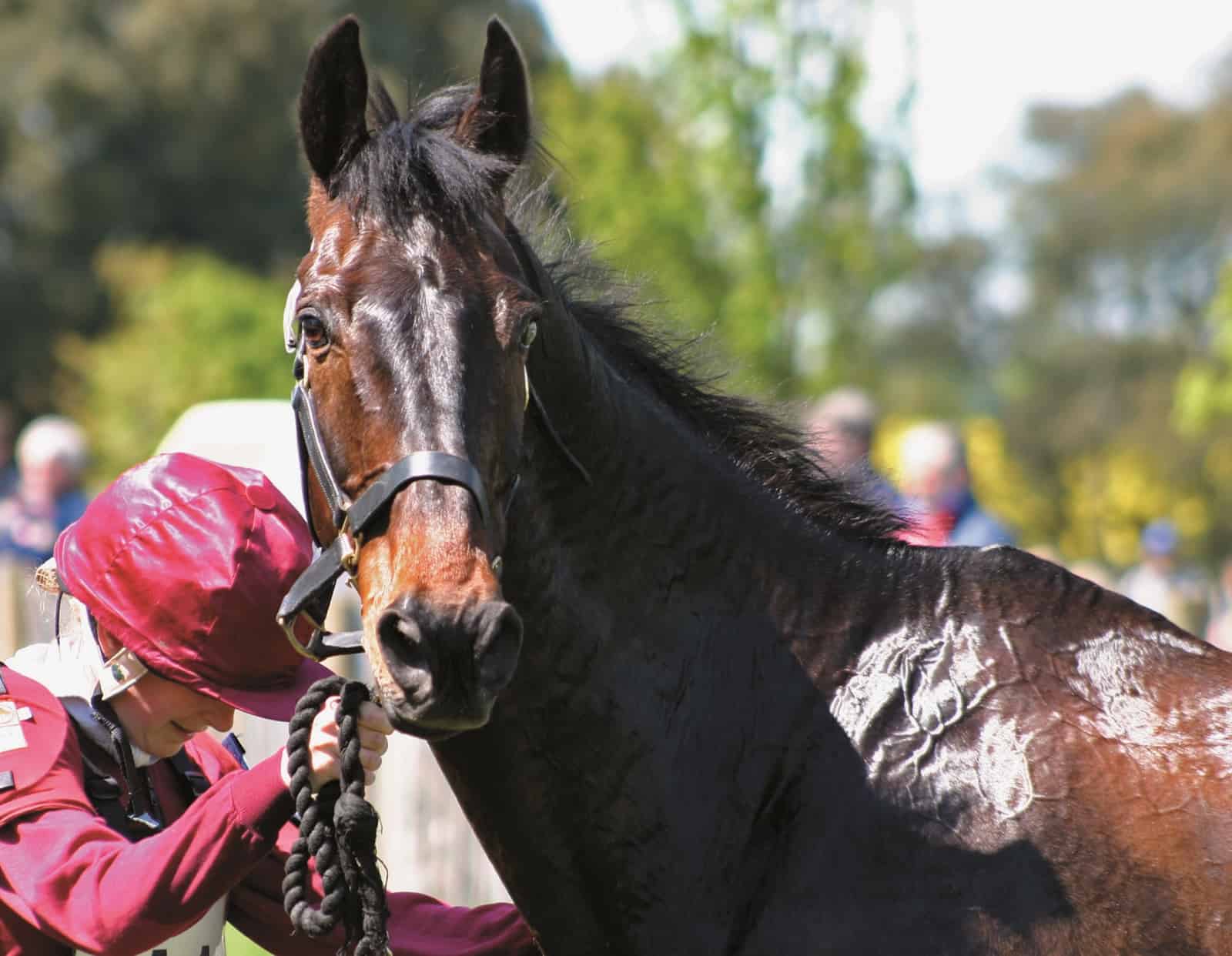Heart of the Matter: Equine Cardiac Health

A look at the remarkable equine heart and what can go wrong.
With the high rate of heart disease in humans, most of us are aware of our potential for cardiac troubles. But when it comes to our horses, we tend to be less informed.
Horses don’t have human-style “heart attacks.” Actually, the equine heart is a robust organ that’s not overly prone to problems. But when something does go wrong it tends to be front-page news, as in the 2011 death of 2008 Olympic individual gold-medal-winning Canadian jumper, Hickstead, from an aortic rupture.
In this article, two veterinarians well-versed in cardiac events describe the equine heart and what can go wrong
Create a free account with TheHorse.com to view this content.
TheHorse.com is home to thousands of free articles about horse health care. In order to access some of our exclusive free content, you must be signed into TheHorse.com.
Start your free account today!
Already have an account?
and continue reading.
Written by:
Jennifer O. Bryant
Related Articles
Stay on top of the most recent Horse Health news with















